#moyen-age
Text
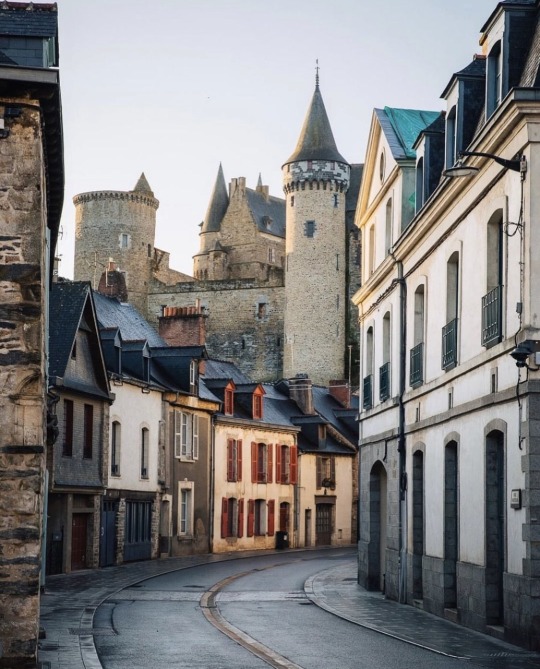
Vitré, Bretagne
877 notes
·
View notes
Video
Monpazier (Dordogne) la place des Arcades par brigitte lagravaire
Via Flickr :
(2013-09-11-Monpazier (28n)
#20130911-28#Aquitaine#Bastide#Dordogne#Architecture#vieille ville#vieille cité#Moyen-Age#médiéval#féodal#bâtiment#édifice#batisse#France#Monpazier#Quercy#septembre#vieilles pierres#arcade#arche#cornière#Haut-Agenais & Périgord#France Sud-Ouest#TUMBLR#flickr
2 notes
·
View notes
Text
Jean-François Blondel
Ces cathédrales aux mystérieux rayons de lumière
Lorsque Jean-François Blondel a constaté le rai de lumière dans la Cathédrale de Chartres, le jour du solstice d’été, il décide d’en savoir plus. L’essai Ces Cathédrales aux mystérieux rayons de lumière est né de ses recherches.
Jean-François Blondel croit que les bâtisseurs du Moyen-Âge ont attiré l’attention en mettant en place ce détail…

View On WordPress
#art#Billet littéraire#Chronique littéraire#Chronique livre#Chroniques littéraires#france#histoire#Histoire de France#Histoire de l&039;art#Histoire de Paris#Littérature contemporaine#littérature française#Littérature francaise#Litterature contemporaine#Moyen-Age#Visite
3 notes
·
View notes
Text
Oyez, oyez !
Y aurait pas des médiévistes et/ou fans de Kaamelott dans le coin ? Je recherche une vidéo type making of/documentaire sur Kaamelott, qui parle du rapport historique entre la série et les légendes sources. Plus particulièrement, un passage sur le barde de Kaamelott et le rôle des troubadours. Je ne trouve pas sur Youtube, c'est bizarre.
3 notes
·
View notes
Text

The three Magi before Herod. Stained glass by an unknown French artist, early 15th century, restored by F. Pivet in 1999. Now in the Musée national du Moyen Âge, Paris.
#Epiphany#liturgical year#Three Wise Men#art#art history#Middle Ages#medieval#medieval art#stained glass#grisaille#French art#15th century art#Musée national du Moyen Âge#religious art#Christian art#Christianity
310 notes
·
View notes
Text
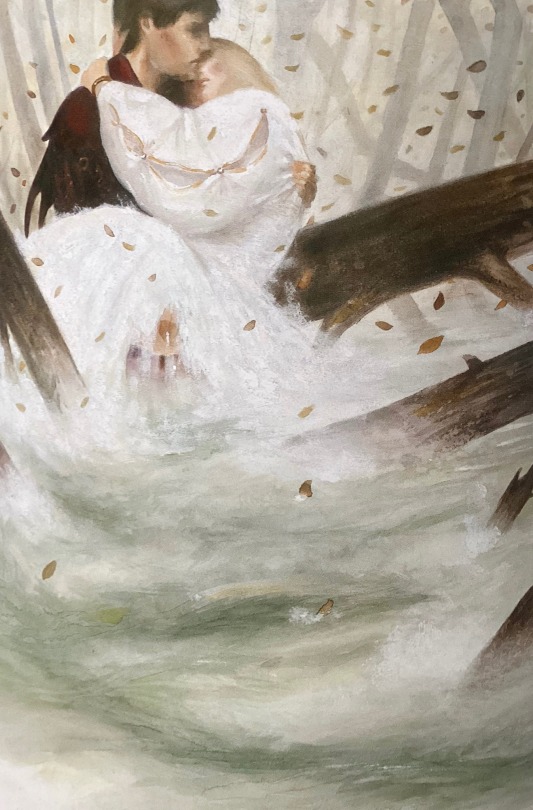
Ondine par Claudine Glot
2005
Le baron perché, Edigroup, Paris
Artist : Armel Gaulme
#ondine#undine#frédéric de la motte-fouqué#1811#german romanticism#armel gaulme#2005#folklore#légende#legend#middle ages#moyen âge#baron de la motte fouqué
63 notes
·
View notes
Text
Je ne sais comment je dure,
Car mon triste coeur chavire
Et plaindre n’ose, ni dire
Ma douloureuse aventure,
Ma dolente vie obscure.
Rien, hors la mort, ne désire ;
Je ne sais comment je dure.
Il me faut, par couverture,
Chanter que mon coeur soupire
Et faire semblant d’en rire ;
Mais Dieu sait ce que j’endure.
Je ne sais comment je dure.
Christine de Pizan
#livre#book#citation#citation française#littérature#littérature française#poésie#Moyen Age#Christine de Pizan
86 notes
·
View notes
Text

Inside the Valentré bridge (2), Cahors by sir20
#original photographers#photographers on tumblr#photography#architecture#cityscape#sir20#photographie#fotografía#fotografia#fotografie#artists on tumblr#original photography#fine art photography#cahors#occitanie#france#europe#historical#history#moyen age#pont valentré#cityscapes#blue hour#night photography#nightlife#night#nightscape#night shots#creators on tumblr#original photography on tumblr
94 notes
·
View notes
Text



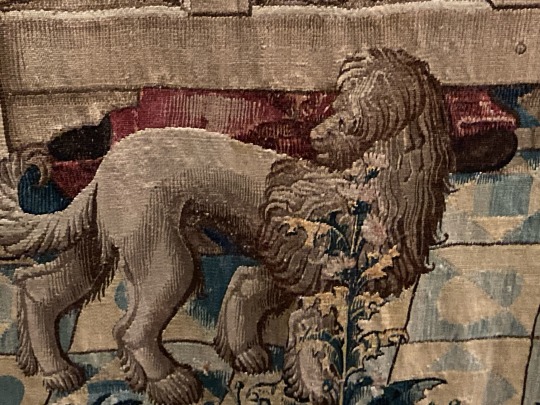
Dogs (and wild felines) among the animals spotted at @museecluny Musée du Cluny Musée National du Moyen Age (Paris, France). These are selections from "The Lady and the Unicorn" series of tapestries, southern Netherlands or Paris (?), c. 1500.
https://musee-moyenage.fr/en/collection/the-lady-and-the-unicorn.html
#perro#dog#chien#hund#hond#lion#leon#tapisserie#tapestry#moyen âge#Middle Ages#medieval#medieval art#unicorn#licorne
10 notes
·
View notes
Text
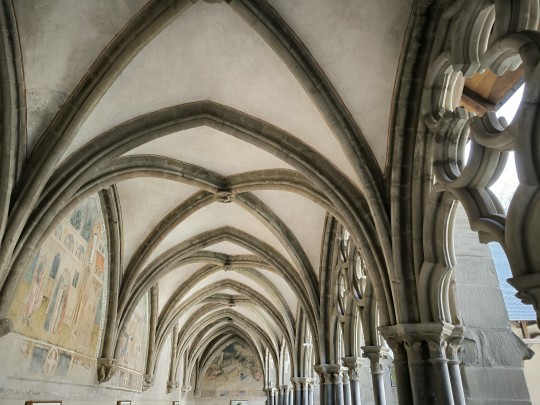
Abbaye d'Abondance
#abbaye#abbey#architecture#medieval#art#cloitre#moyen-age#abondance#chablais#alpes#french alps#Haute-Savoie
44 notes
·
View notes
Video
Dans le village de Bonaguil, au pied de château par brigitte lagravaire
Via Flickr :
brigittephotos-fr.over-blog.com/2015/07/un-court-passage-... 2015-07-24-Bonaguil (45)
#20150724-45#Village#maison#cité médiévale#Moyen-Age#Bonaguil#Aquitaine#sans retouche#marche#France Sud-Ouest#France#Lot-et-Garonne#escalier#ruelle#voie#rue#vieilles pierres#vieux village#juillet#été#flickr
7 notes
·
View notes
Text
Mission Château fort !
Mission Château fort !
La classe dont tu es le HÉROS
6/7 ans
Le principe du livre dont vous êtes le héros des années 80 est repris ici dans Mission Château fort en direction des plus jeunes. Rappelons le procédé : la progression dans l’album se fait en répondant à des énigmes ou en accomplissant des petits jeux, etc. donc uniquement en fonction des choix et des actions effectués par le lecteur.
Ici le thème est la…
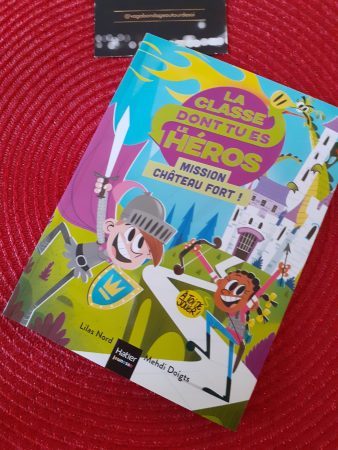
View On WordPress
#Album#Billet littéraire#Château#Chronique littéraire#Chronique livre#Chroniques littéraires#Enfant#Enfants#histoire#Littérature contemporaine#littérature française#Littérature francaise#Litterature contemporaine#Moyen-Age
1 note
·
View note
Photo







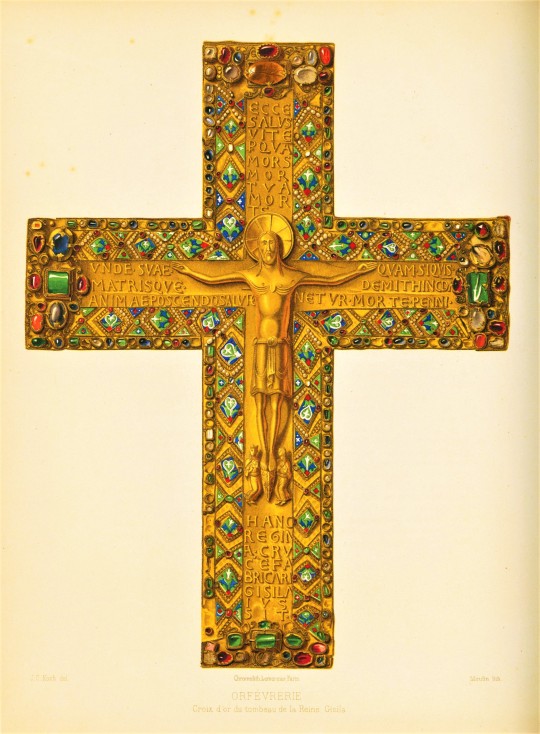

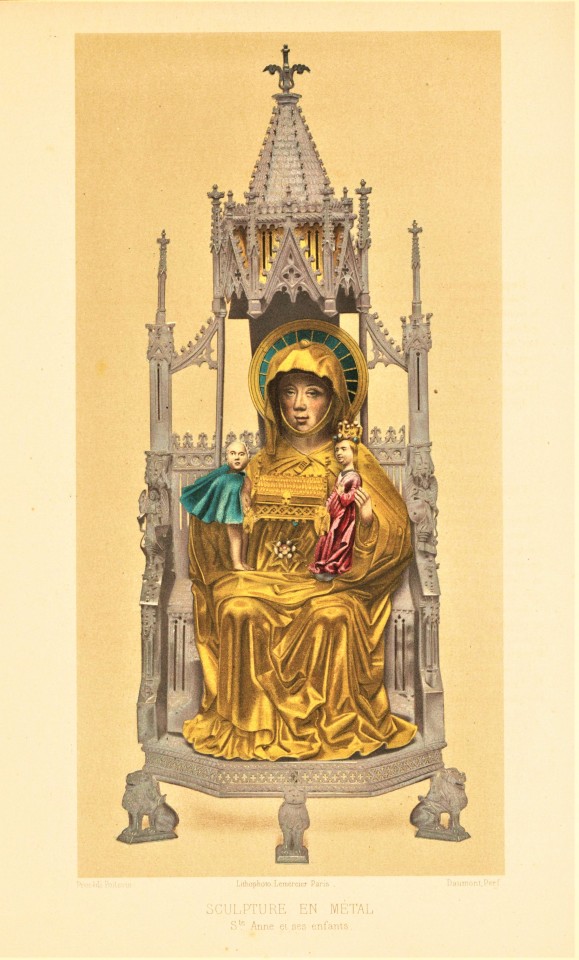
Decorative Sunday
In 1823, an aspring young lawyer named Jules Labarte (1797-1880) married Joséphine Debruge-Duménil*, the only daughter of the wealthy art collector Louis-Fidel Debruge-Duménil (1788-1838). He was enthralled by his father-in-laws collection, one of the first major private collections of Medieval and Renaissance Art in France, and by 1835 he had abandoned the law to dedicate himself to the study of art history. A few years later, Debruge-Duménil passed away unexpectedly, and Labarte was charged with identifying and cataloging his collection of over fifteen thousand artifacts, a task he took on with great meticulousness.
The resulting catalog was published in 1847 by La Librarie Archeonologique de Victor Didron with a 400 page introduction. This well-researched introduction became a highly sought after text, and Didron pressed Labarte for years to produce a second edition. Labarte refused for years, but allowed for a English translation, published in 1855 by J. Murray of London as Handbook of the Arts of the Middle Ages and Renaissance as Applied to the Decoration of Furniture, Arms, Jewels, Etc.
The English edition only increased the appetite for a revised French edition, to which Labarte finally agreed. Between 1864 and 1866, Histoire des arts industriels au Moyen Âge et à l'époque de la Renaissance was published in Paris by A. Morel et Cie. in four volumes, with two additional volumes of plates. Printing was done by Henri Plon, an ancestor of 16th century Danish typographer Jehan Plon. The plates are primarily chromolithographs produced by Lemercier, the largest lithography firm in Paris at the time. Keep your eyes peeled for a follow up post where we will share images from the second album and discuss Rose-Joseph Lemercier (1803-1887).
The above images are all sourced from the first album of plates. Critics praised the book’s illustration for its rich colors and “photo-like accuracy.” You might look at the last image above (of the statue St. Anne and her Children by German artist Hans Greiff) and question that characterization based on the somewhat bizarre faces, but lo and behold, the faces on the actual statue are a bit strange! See for yourself:

Find more posts on publisher August Morel here.
Peruse more Decorative Sunday posts here.
-Olivia, Special Collections Graduate Intern
*Special shout out to Institute National d’Histoire de l’Art (INHA) for providing me with the first name of Labarte’s wife Josephine, who is most commonly (and annoyingly) referred to in the literature as “daughter of Louis-Fidel Debruge-Duménil” or “wife of Labarte.”
#Decorative Sunday#Histoire des Arts Industriel#decorative arts#decorative plates#Jules Labarte#La Librarie Archeonologique de Victor Didron#Histoire des Arts Industriels au Moyen Âge et à l'Époque de la Renaissance#A. Morel et Cie.#A. Morel#Lemercier#chromolithographs#chromolithography#Yay chromoliths!#Louis-Fidel Debruge-Duménil#Joséphine Debruge-Duménil#Handbook of the Arts of the Middle Ages and Renaissance as Applied to the Decoration of Furniture Arms Jewels Etc.#Handbook of the Arts of the Middle Ages and Renaissance#John Murray#J. Murray#Henri Plon#Jehan Plan#olivia
67 notes
·
View notes
Photo
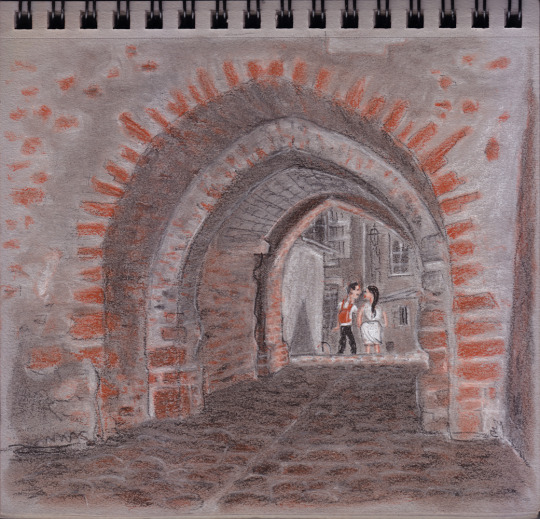
Porte Saint-Denis, Mortagne-au-Perche — trois crayons sur papier gris, carnet nº 137, 25 mai 2023
#2023#porte#porte saint denis#mortagne au perche#perche#orne#normandie#ogives#moyen age#couple#jeunes gens#carnet 137#trois crayons#papier gris#voute#paves#rue#pierres#ombre portee#ombre#discussion
21 notes
·
View notes
Text

St. Peter, holding a key and a printed book. Tondo, executed in stained glass (white glass, grisaille [gray monochrome], and silver sulfide) and lead by an unknown French artist, ca. 1500-1510. Now in the Musée national du Moyen Âge, Paris.
#art#art history#Middle Ages#medieval#medieval art#religious art#Christian art#Christianity#Catholicism#St. Peter#Saint Peter#tondo#stained glass#French art#16th century art#Musée national du Moyen Âge
96 notes
·
View notes
Text

The Book of Kells (détail)
#the book of kells#fantastic creatures#manuscript#illuminated manuscript#art history#art#history#middle age#medieval#moyen âge
468 notes
·
View notes
